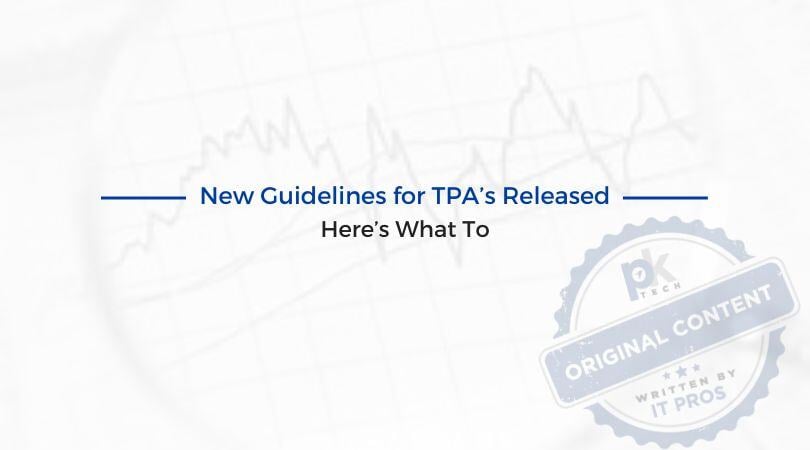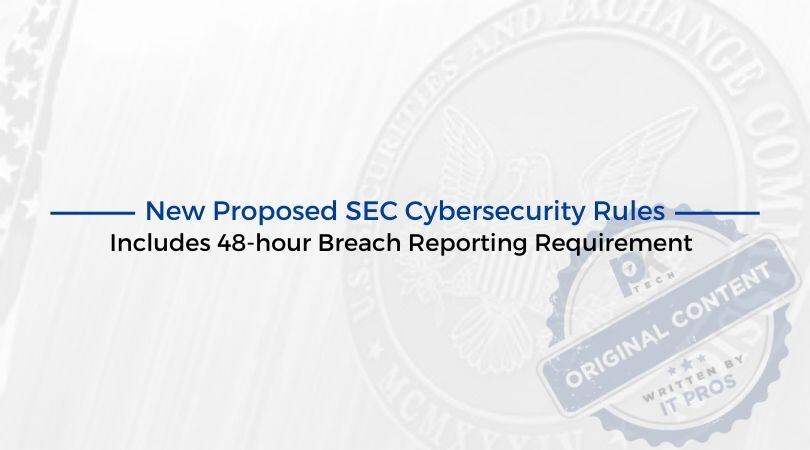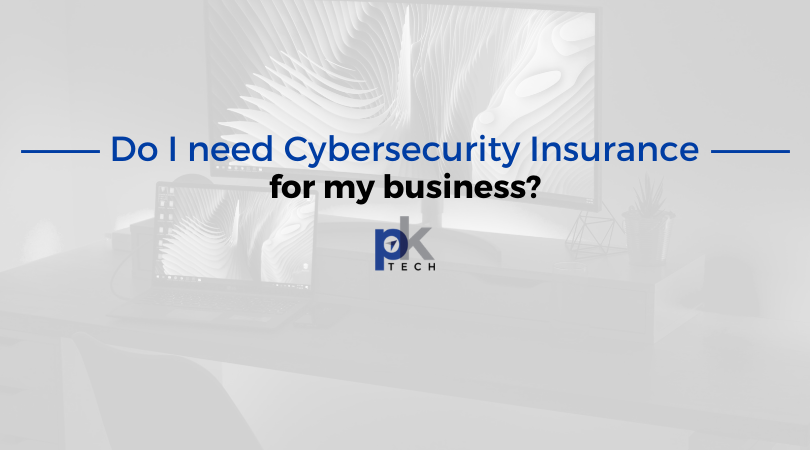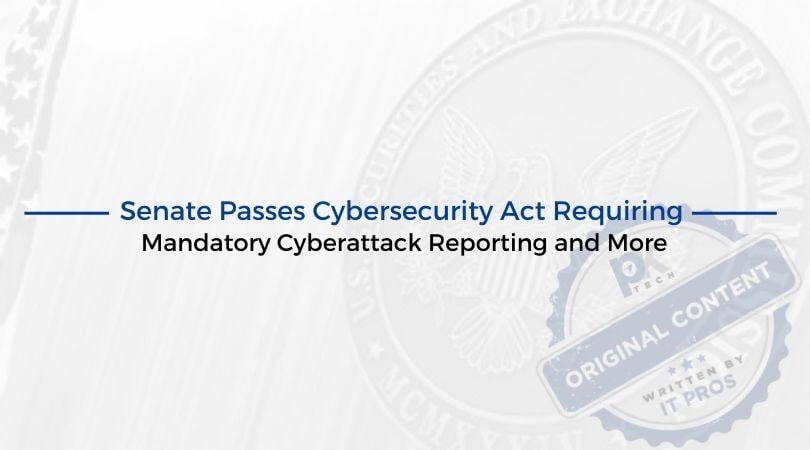1 min read
New Proposed SEC Cybersecurity Rules Includes 48-hour Breach Reporting Requirement
Following increased enforcement in 2021, the SEC recently released its new cybersecurity rules on February 9, 2022 (reference). The rules are...

Are you a TPA? If yes, this blog is for you! In April of 2021, The Employment Benefits Security Administration within the United States Department of Labor released its first formal best practices cybersecurity guidance. These cybersecurity guidelines are still relevant to your business today. Let’s talk about why you should care and why it matters for your business.
TPA stands for Third Party Administrator and refers to a company that provides operational services such as claims processing and employee benefits management under contract to another company. Insurance companies and self-insured companies often outsource their claims process to third parties (TPAs).
The Employee Benefits Security Administration (EBSA), a Department of Labor (DoL) agency, prepared the guidelines to create a comprehensive list of best practices for TPAs. These guidelines are for recordkeepers, plan-related IT systems, data, and plan fiduciaries. The DoL’s view is that cybersecurity is a core plan fiduciary responsibility and that all TPAs have a duty to minimize cybersecurity risk as best they can.
Here is an overview of what the guidelines include (you can view the full PDF here):
If you are a TPA in need of help with IT security and compliance, we can help. PK Tech has worked in the financial space for over ten years. Get in touch with our team here.

1 min read
Following increased enforcement in 2021, the SEC recently released its new cybersecurity rules on February 9, 2022 (reference). The rules are...

If these are questions you’ve asked yourself, this blog is for you.

Last Tuesday, the Senate passed new cybersecurity legislation regarding reporting of cyberattacks to the Cybersecurity Infrastructure Security Agency...